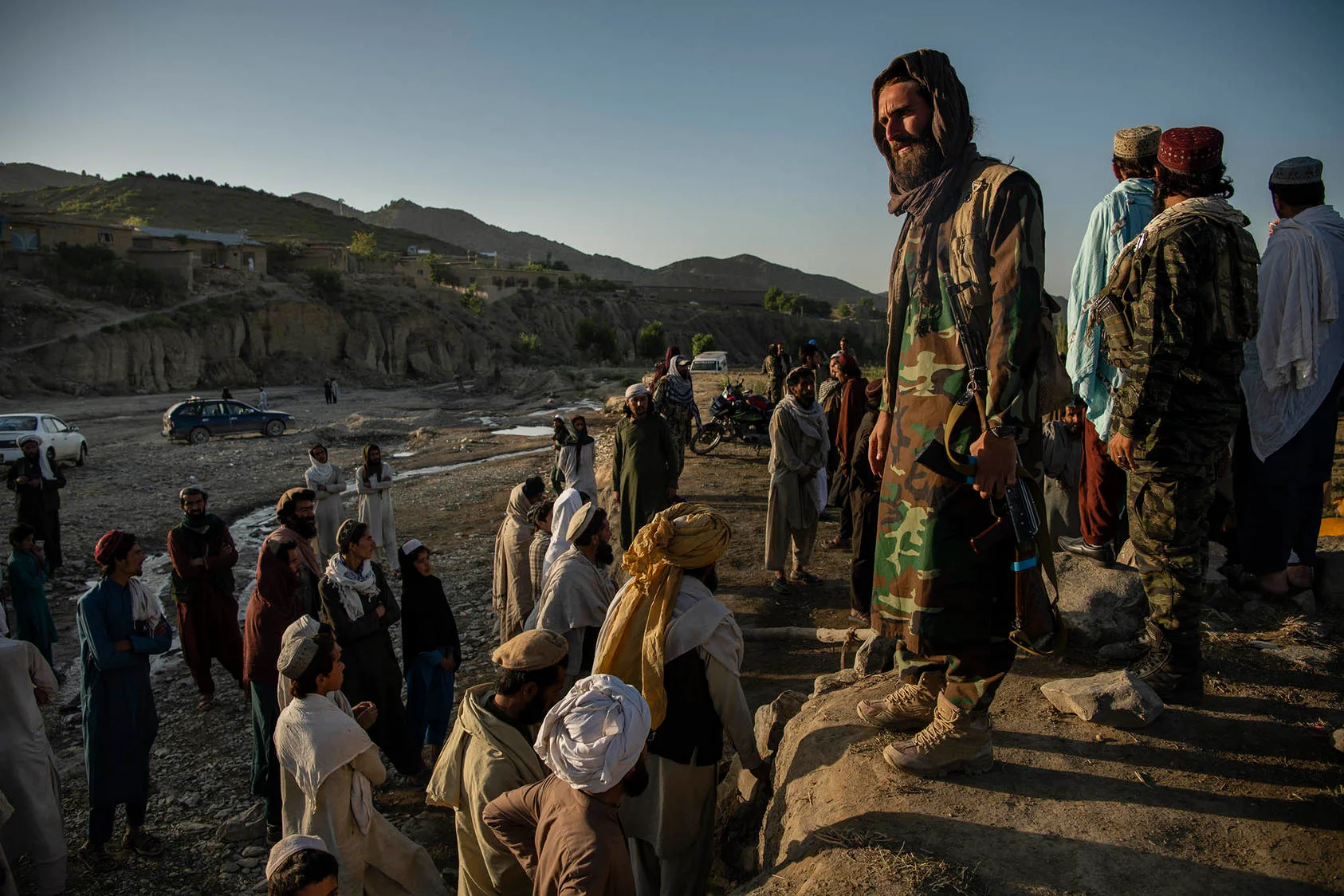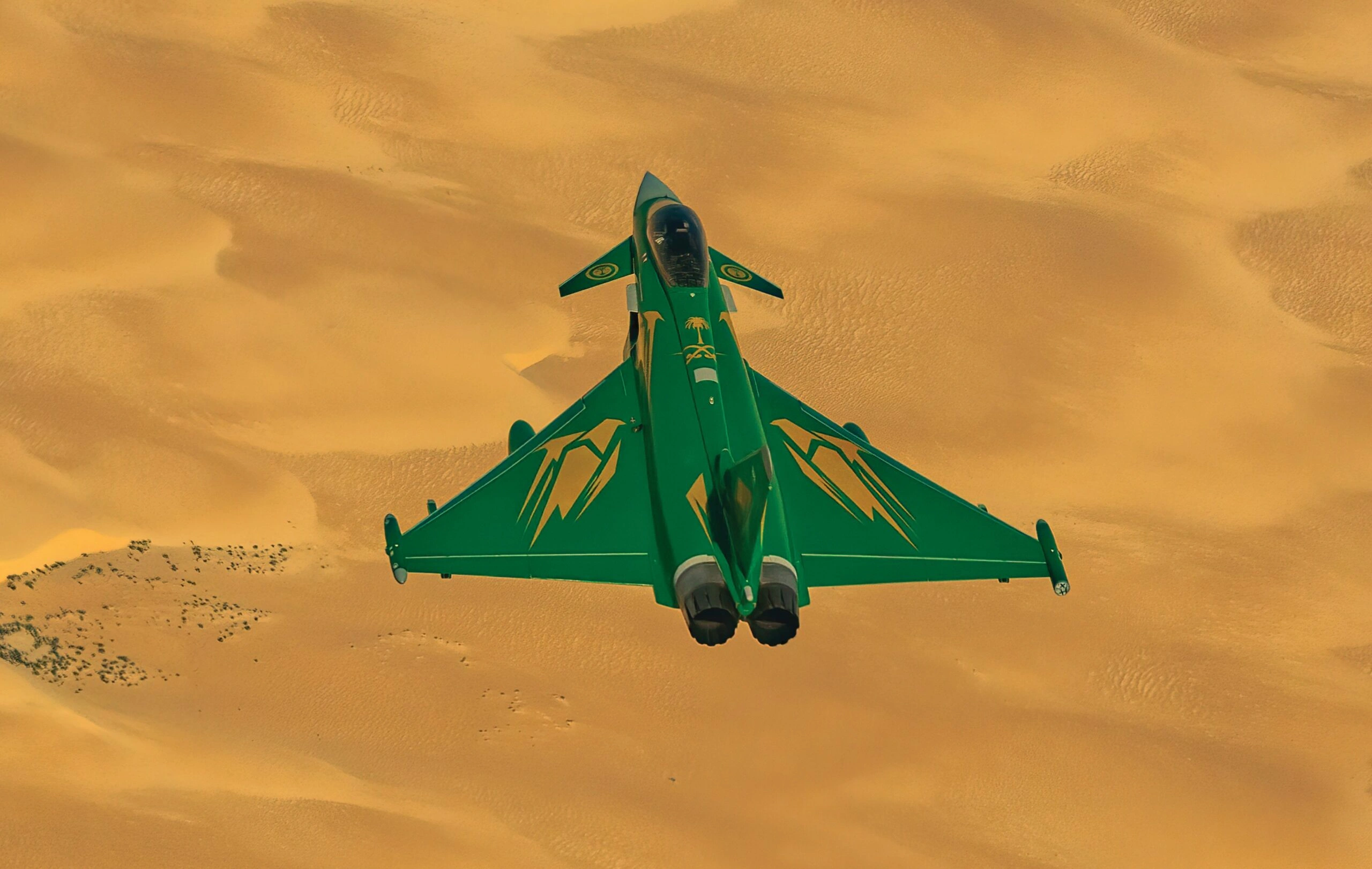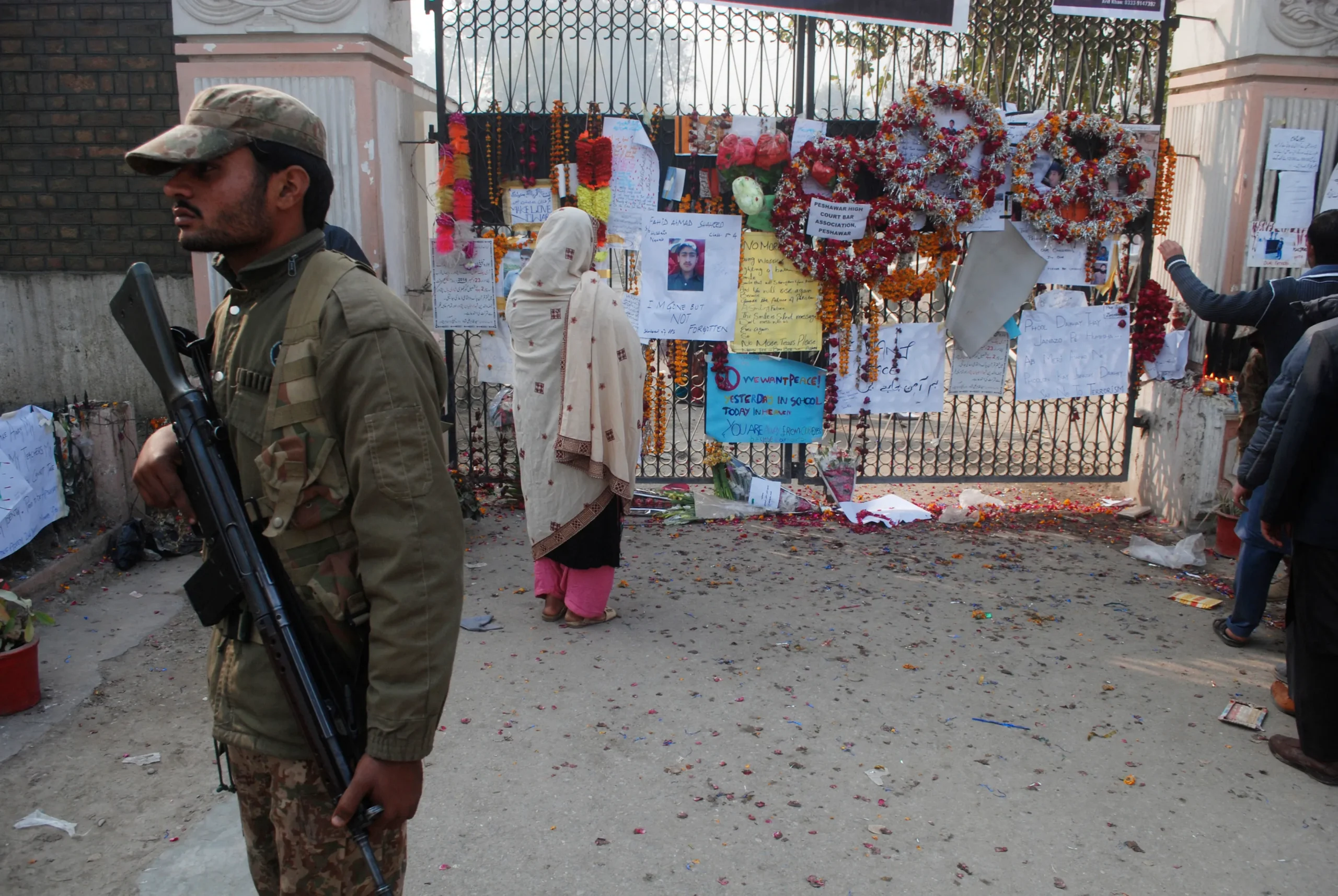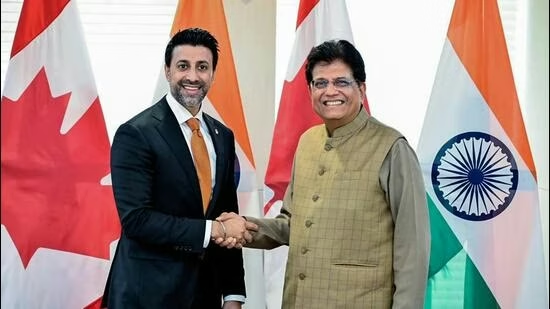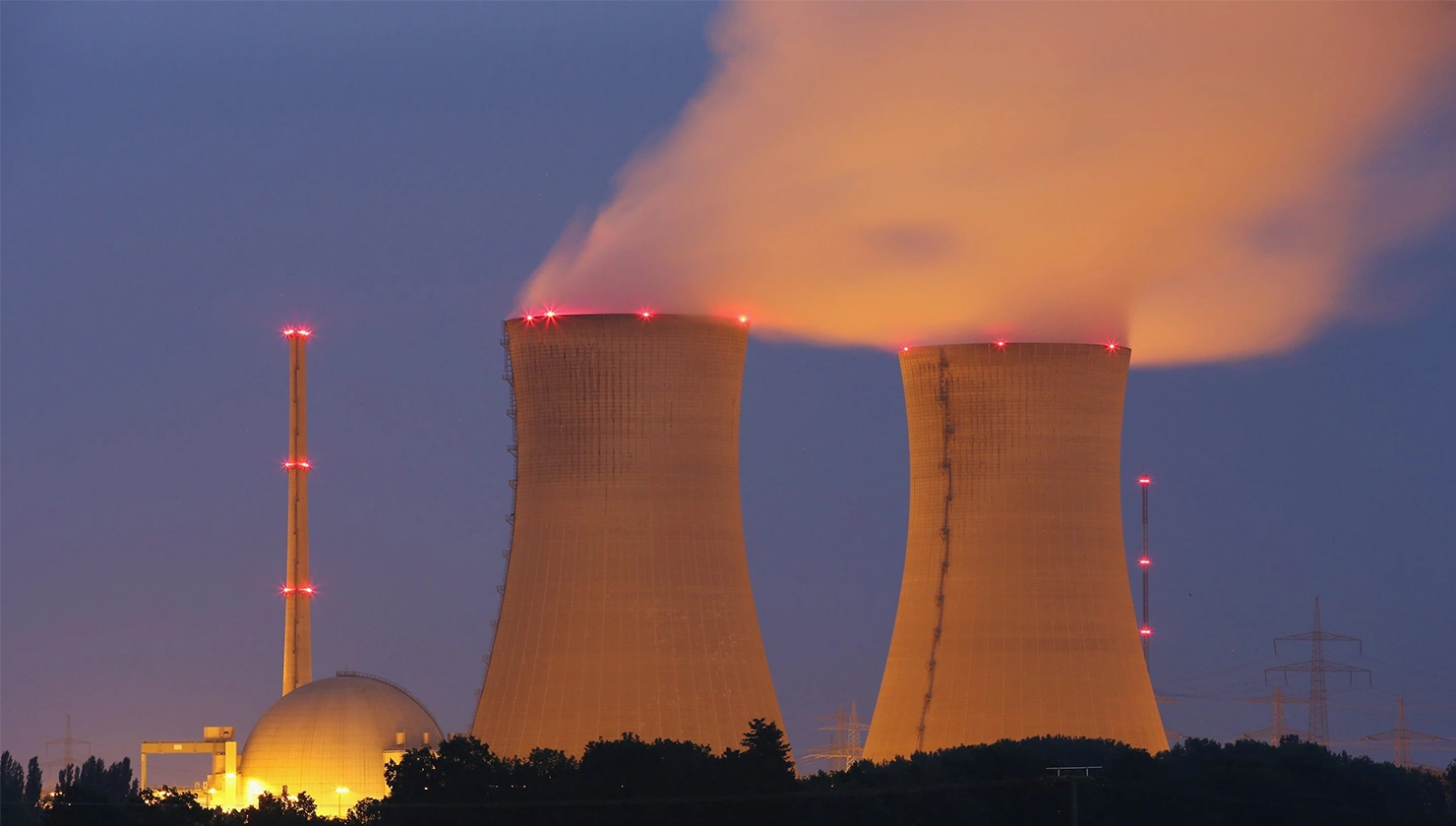What happened on August 15, 2021 did not happen overnight but was in the making since the US made a deal with the Taliban on February 29, 2020. The fall of Kabul, in Afghanistan, came as a blow to the world but many ignore the factors that were slowly making room for it to happen. The gradual disintegration of Afghan Defense and National Security Forces (ADNSF) and the loss of ground kept making room for the Taliban to pick ground and fill the vacuum the US created. But who empowered the Taliban to this extent? For this to be answered, the deal that Trump made with the Taliban and Biden decided to adhere to serves as the perfect starting point.
The terms and conditions of the withdrawal aside, the brokering of the deal was an enough morale-breaking development for the ADNSF.
The very recent report by the Special Inspector General for Afghanistan Reconstruction (SIGAR) presented initially before two US committees, points at the US-Taliban deal as one of the major contributing factors to the self-annihilation of the Afghan Security Forces. The withdrawal meant the gradual loss of air support (by the US) for the forces coupled with distortions and ultimately complete disconnect of the logistics and supply of ammunitions. How could a National Security Force survive in the absence of its backbone support and supply line. The blames that are directed at the Afghan Forces for not fighting back appropriately die a natural death once the ground situation is taken into account. Furthermore, a starved army; an army that cannot see where its guns must be pointed, cannot be expected to fight back or fight at all. SIGAR’s report rightly points to the concerns over salary leading to breaking of ADNSF’s morale.
There is, however, another side to the collapse of ANDSF, which is completely overlooked in SIGAR’s report.
ANDSF disintegrated so quick because it was never fully integrated to begin with.
Surprising records of corruption have been reported in the name of ‘ghost soldiers;’ an army that was shown on papers but never existed on ground. Officials from ISAF, NATO, and Afghanistan have been allegedly claimed to have filled their pockets with wages in the name of soldiers that existed only on paper. One account by Afghanistan’s ex-finance minister mentions 300,000 troops that existed only in papers. So, how could ANDSF fight Taliban with ‘ghost soldiers?’ The story does not end here.
An evident failure of the allied forces to invest in Afghan air force became apparent as soon as the allies withdrew their air support.
No mechanisms of accountability exist when it comes to these major instances of mishandling of the Afghan situation.
Decades of presence on the land, and the US and its allies could not build the capacity of the ANDSF like they should have. Hence, the collapse was inevitable. Going back once again, as the US settled into a deal with the Taliban, it granted an undeclared legitimacy to the agency of the Taliban. The Afghan Forces, from there on, could not see the enemy in the Taliban and surrendered by all means. The collapse happened because it was allowed to happen. Two successive US Presidents could not ensure the ‘Peace Agreement’ to deliver the ‘peace’ on the Afghan land. From decades of chaos and war in Afghanistan, entitled individuals in the West made fortunes and enterprises. But the end came as a rather ‘hasty withdrawal.’
The US was supposed to make things right in Afghanistan but what it did was quite the contrary.
By granting the Taliban an undeclared legitimacy, the US gave a message to the world, and Afghanistan’s neighbors specially, to extend relations with the Taliban and acknowledge them as the new government of Afghanistan.
Nevertheless, the question of responsibility will surface time and again until a humanitarian and security catastrophe keeps haunting Afghanistan and the region – who is responsible for Afghanistan’s collapse? The country that loudly proclaims itself to be the most powerful country of the world, but failed to execute a deal for the good of an already deprived people of a war-ravaged land.

